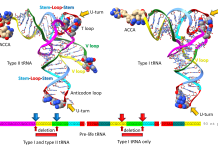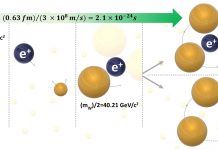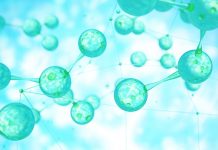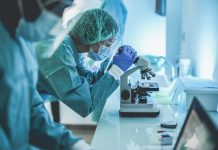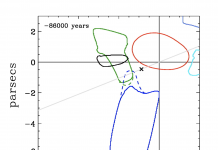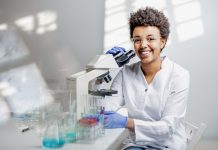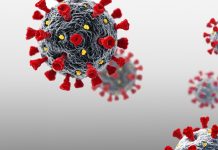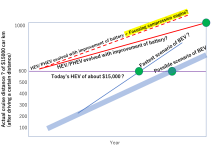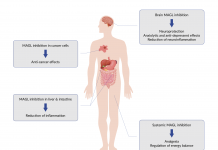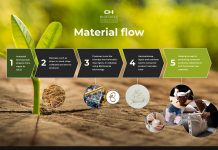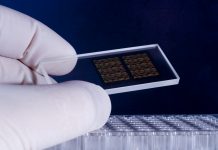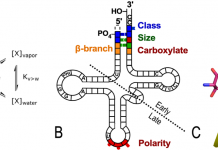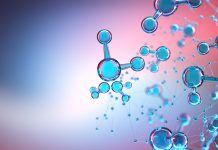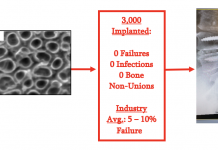Home 2024
Archives
Transfer RNA as a written molecular history of the life transition on earth
Zachary Burton, Ph.D., Professor Emeritus, Department of Biochemistry and Molecular Biology, Michigan State University, reports on tRNA (transfer RNA) as a written molecular history of the pre-life to life transition on Earth ~4 billion years ago.
Train derailment in East Palestine, Ohio: The toxic risks of transporting hazardous chemicals
The toxic risks of vinyl chloride have been debated for years, but a recent train derailment in the US brought this debate into the public eye, say Jessie R Badley, Caleb Ryce and Pamela J Lein.
Thermodynamics of hadronization: The rotating lepton model explains key CERN experiments
Constantinos G. Vayenas, Professor at the University of Patras, Academy of Athens, explores the thermodynamics of hadronization, using the Rotating Lepton Model and two key CERN experiments.
The future of sustainable electrified catalyst recycling
Xochitl Dominguez Benetton, Senior Scientist & Project Coordinator at the Flemish Institute for Technological Research (VITO) and the FIREFLY consortium, explore competitiveness and sovereignty through sustainable electrified catalyst recycling.
Independent research experiences in sustainable chemistry
The Research Experiences for Undergraduates (REU) programme in the Department of Chemistry at Michigan State University was created to inform students majoring in chemistry, biochemistry and chemical engineering about key societal sustainability challenges and to provide graduate-level independent research experiences that address aspects of these challenges.
Enhance expertise in European research infrastructures
Marialuisa Lavitrano, Full Professor at University Milano Bicocca, explores the need for a European School for the Management of Research Infrastructure to enhance expertise in European research infrastructure management.
Structural biology research and the origins of genetic coding
Charles W. Carter, Jr, Department of Biochemistry and Biophysics, University of North Carolina Chapel Hill, reviews the ways that recent research in Structural Biology, Biochemistry, Molecular Biology, and Phylogenetics have opened the origins of genetic coding to experimental study and their important implications.
Astrophysical and planetary sciences: Exploring the local interstellar medium and the next space frontier
Prof Jeffrey L Linsky from the University of Colorado Boulder, sheds light on exploring the next space frontier in this exciting astrophysical and planetary sciences focus.
LGBTQ+ scientists: UK-US inclusion in STEM
Belinda Colston1, Abigail Powell1, Lauren Esposito2 and Arti Agrawal3 discuss the challenges for LGBTQ+ scientists and inclusion in the UK-US STEM landscape through an intersectional lens.
Carbon dots in forensics, environmental science, and medicine
Dr. Cecilia E. Van Cauwenberghe, from Frost & Sullivan, explains the revolutionary impact of carbon dots in forensics, environmental science, and medicine to detect, diagnose, and treat.
Building global health with lego vaccines
Prof Tuck Seng Wong and Dr Kang Lan Tee from the University of Sheffield, explain building global health with LEGO vaccines.
Ultrananocrystalline diamond coating (UNCD™): Revolutionizing surface engineering
Unique, low-cost ultrananocrystalline diamond (UNCD™) coating is facilitating new generations of industrial products, high-tech devices, medical devices, and prostheses.
Reducing climate change and global warming
Professor Ken Naitoh from Waseda University in Japan charts a particular interdisciplinary carbon-neutral approach for reducing climate change and global warming that he believes will lead to a more peaceful world.
MAGL inhibition: A novel treatment option for combating inflammatory disease?
Pharma researchers Uwe Grether and Julie Blaising from F. Hoffmann-La Roche Ltd. highlight the vast therapeutic potential of MAGL inhibition for central and peripheral diseases.
CH-Bioforce strives for a cleaner world with unique bioforsense technology
In this interview, Petri Tolonen, CEO of CH-Bioforce, sheds light on the environmental benefits of Bioforsense technology.
Neutrino production in proton-proton collisions supports the rotating lepton model
Direct observation of neutrino production in proton-proton (pp) collisions at CERN LHC lend strong support to the Rotating Lepton Model, Constantinos G. Vayenas(1), Dionysios Tsousis(1,2) and Eftyhia Martino1 ((1)University of Patras, (2)Stanford University) tell us.
Microfluidic microbial bioreactors: How studying microbes at the microscale can help empower microbiology
Long before the existence of microbes was known, humans were unknowingly harnessing their power through practices such as brewing, bread leavening, or cheesemaking. These processes extended the shelf life of food, enhanced its nutritional value, and significantly contributed to the advancement of industry and civilization.
tRNA: The operational RNA code and protein folding
Charles W. Carter, Jr., from the Department of Biochemistry and Biophysics, University of North Carolina at Chapel Hill, relates molecular recognition used in genetic coding to structures of aminoacyl-tRNA synthetases and their cognate tRNAs.
Digital Life Norway (DLN) Initiative to foster and boost transdisciplinary biotechnology research and innovation
Meeting the rapid developments in biotechnology by fostering transdisciplinarity, including digitalisation and big data, to create convergence for innovation in a virtual centre.
Opinion: Do universities help or hurt innovation?
Do Universities help or hurt innovation? Find out in this 25-year academic entrepreneur’s anecdotal perspective of starting companies and developing implants. Thomas J. Webster shares his opinion here.


